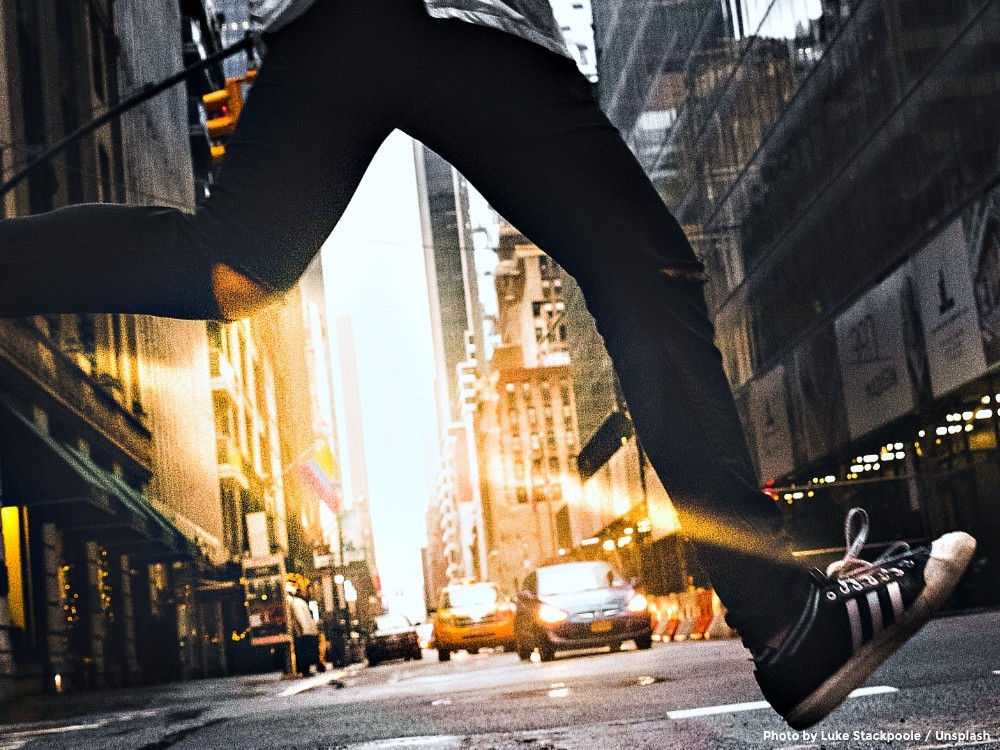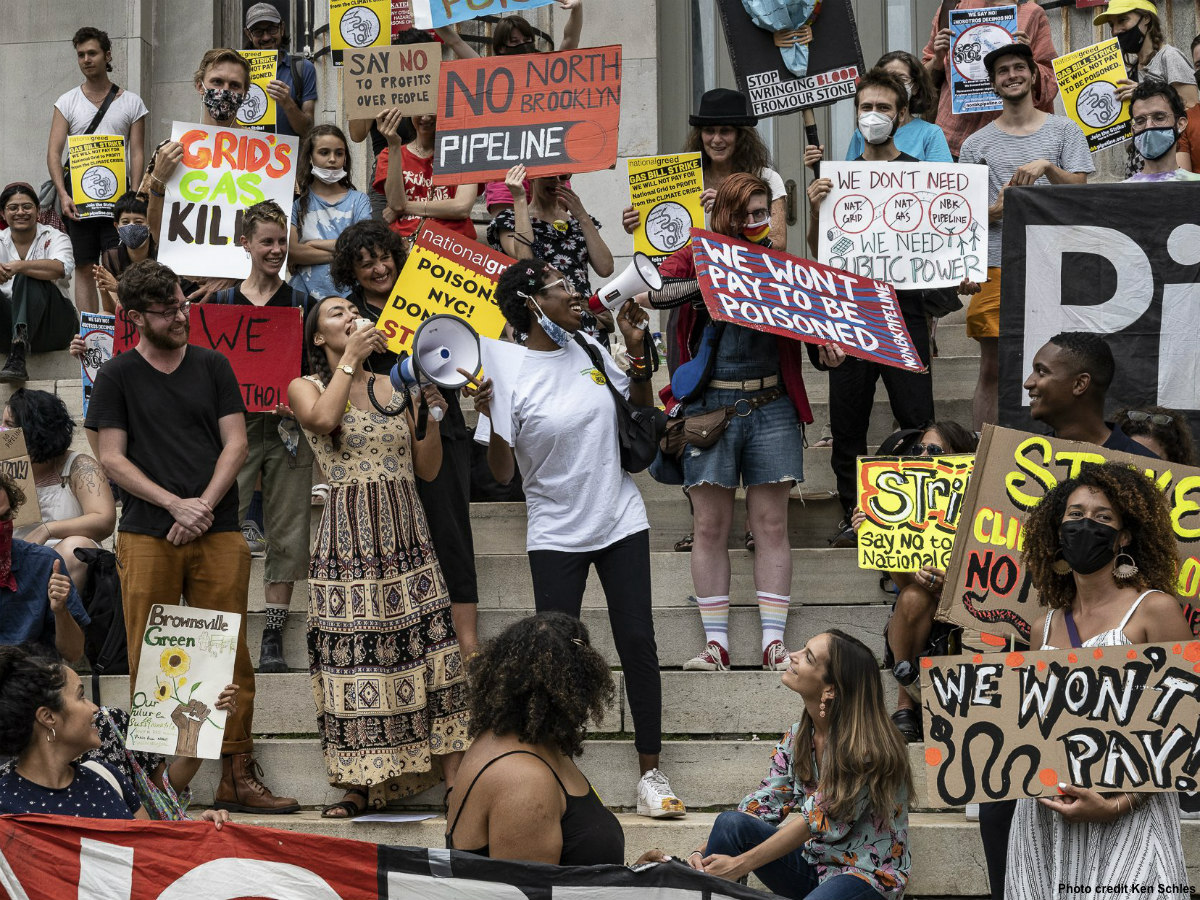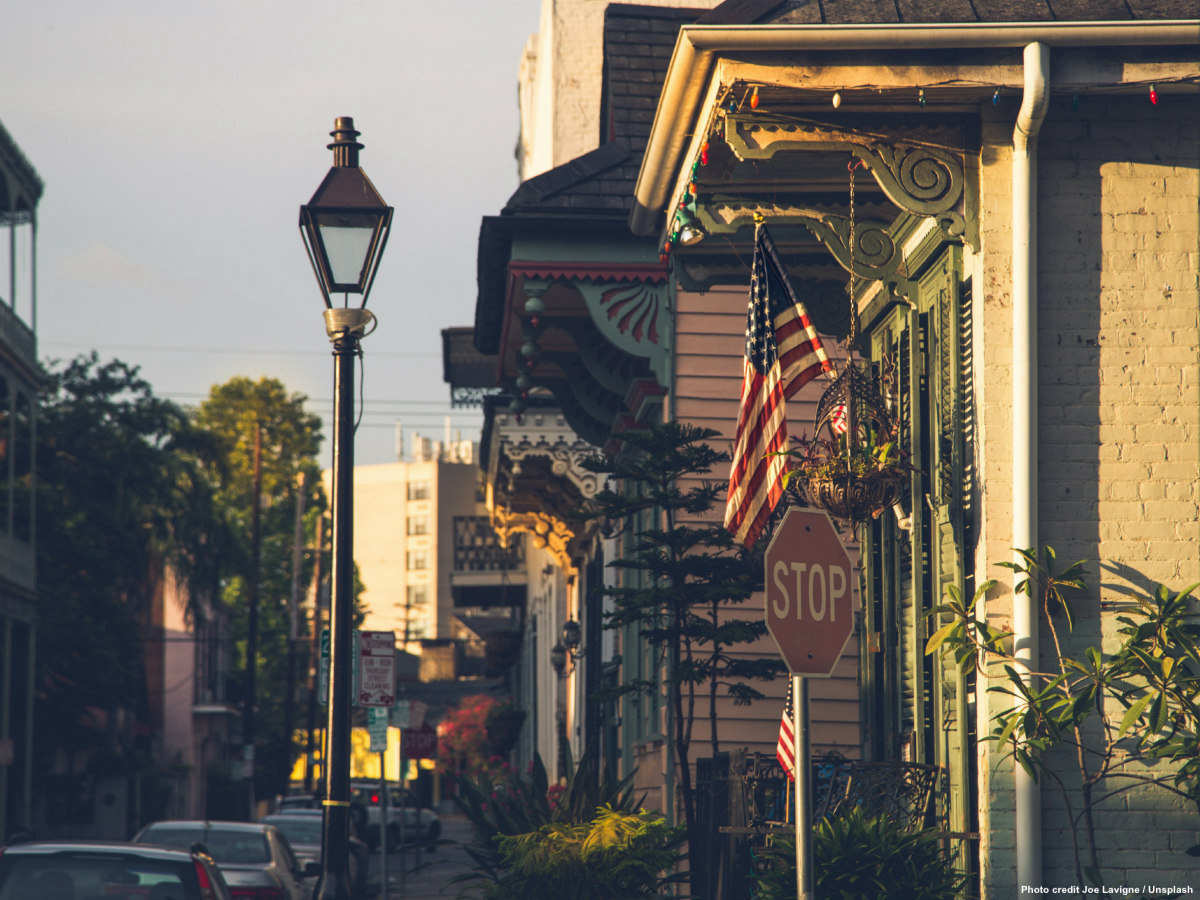A quarter of a million people in the UK already run everyday journeys. But what are they? They could be run-commuting, but also running to the shops, to visit friends and family, running to school or anywhere else, instead of driving or taking public transport. Running is booming. To promote running in cities to get to places has untapped huge potential to replace car journeys.
According to the FT Globetrotter, there is a growing trend among London commuters to run to work, recognisable by the rucksacks strapped tightly to their backs, as many realise that getting to and from the office on foot is often quicker than public transport.
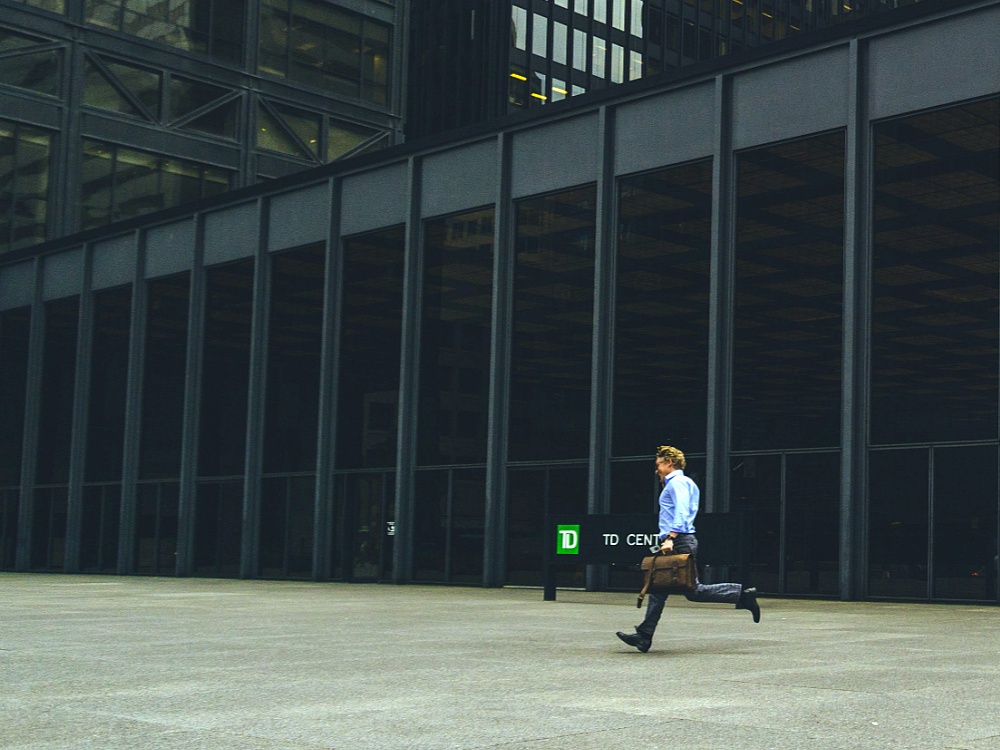
Self-organized global run communities like Midnight Runners and local groups like Black Girls Do Run UK have ignited the lust for running in cities around the world. Although the pandemic stopped runners from meeting, it has dragged more of them to our streets. In the UK, one in five adults ran regularly during the first lockdown according to Sport England.
Why drive when you can run
Led by Runners World, active travel experts called Active Things and a coalition of brands, clubs, tribes and organisations want to channel part of that running energy to daily journeys. They will have to persuade some of the 11 million runners in UK cities that their physical activity is a viable alternative for transport.
The goal is to double the number of people already running everyday journeys to over half a million by 2022, as a counterforce to avoid a car-led recovery when the pandemic is over.
‘So far over two thirds of car trips in UK cities are under three miles and a quarter of UK journeys are a mile or less. That is a runnable distance’, says Scott Cain enthusiastically, CEO of Active Things and co-founder of the RunSome movement.
Just think: if the 11m people who already run in the UK swapped the car for even just one or two short trips a week, we can make a big difference.
For that purpose, the founders of RunSome are asking running advocates to apply for Running Mayors in their cities or communities, inspired by the global cycling initiative BYCS and its social program – Bicycle Mayor Program – borrowing and learning from their experience.
WANTED: Running Mayors
RunSome is inviting a first batch of applications by January 31, 2021. And so the world’s first Running Majors will emerge in the UK to promote running in cities and expand globally.
We are not looking for candidates, who are super fast runners, but people who can promote everyday running in cities, identifying barriers to doing so, and championing and sharing solutions, explains Cain.
Successful candidates will spend as much of 2021 in their running shoes as possible, and they will use their connections in their community to inspire others to do the same.
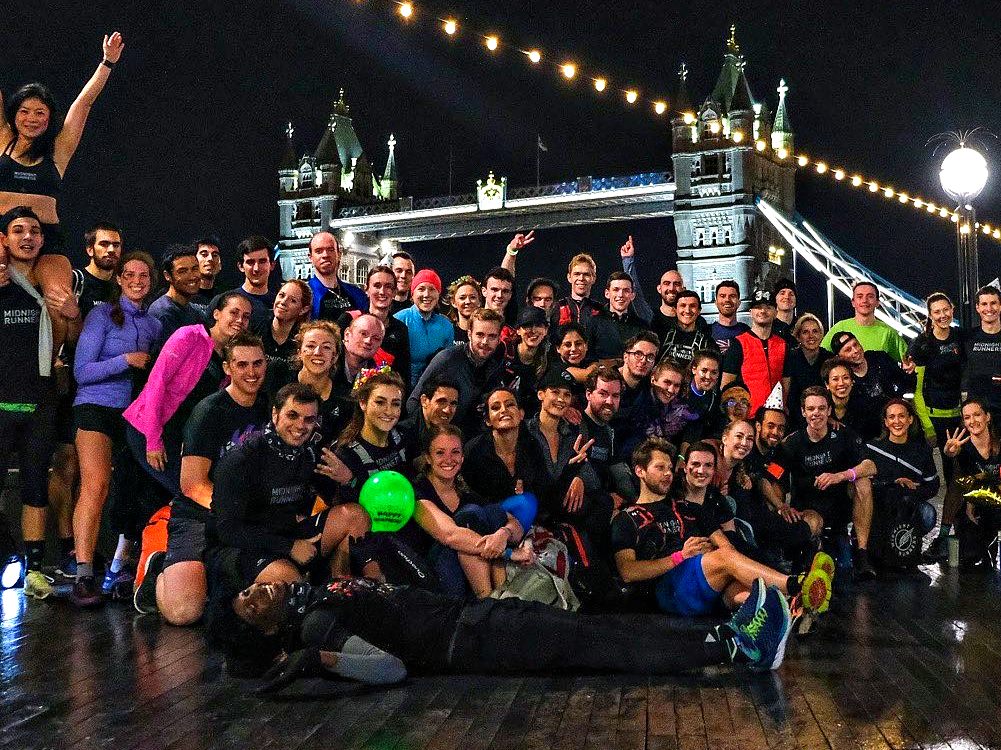
In addition, they will be part of a dynamic network of city change-makers to advocate for better running infrastructure in their areas, thereby urging the government to recognise running as active travel with proper funding, policy and support along with walking and cycling.
Think of the parks, the river banks, the bridges and roads, and you’ll see people running, just as you see cycling and walking. However, runners are invisible in the debate of urban mobility nor are they included in the £2bn active travel government’s funding.
‘We have seen how lots of infrastructure has been relocated to journeys on foot and bike. Together with the Running Majors we will build the case on behalf of runners of why running has always been a viable legitimate act of travel,’ claims Cain.
Why should we differentiate walking and running?
‘I think there are lots of small things which all add up. Things like how runners, walkers relate to each other on park pathways, sidewalks, canal sides. Especially the pinch points are where there is less space and someone or some people need to give way. Who takes the right of way? Always? When does it differ? In what circumstances? Likewise with cyclists and runners. Pedestrians aka walkers rarely (and most inadvertently) step into cycle lanes yet runners often elect to do so, and to varying extents get admonished or shouted at, both on pavements and in the cycle ways,’ explains Cain.
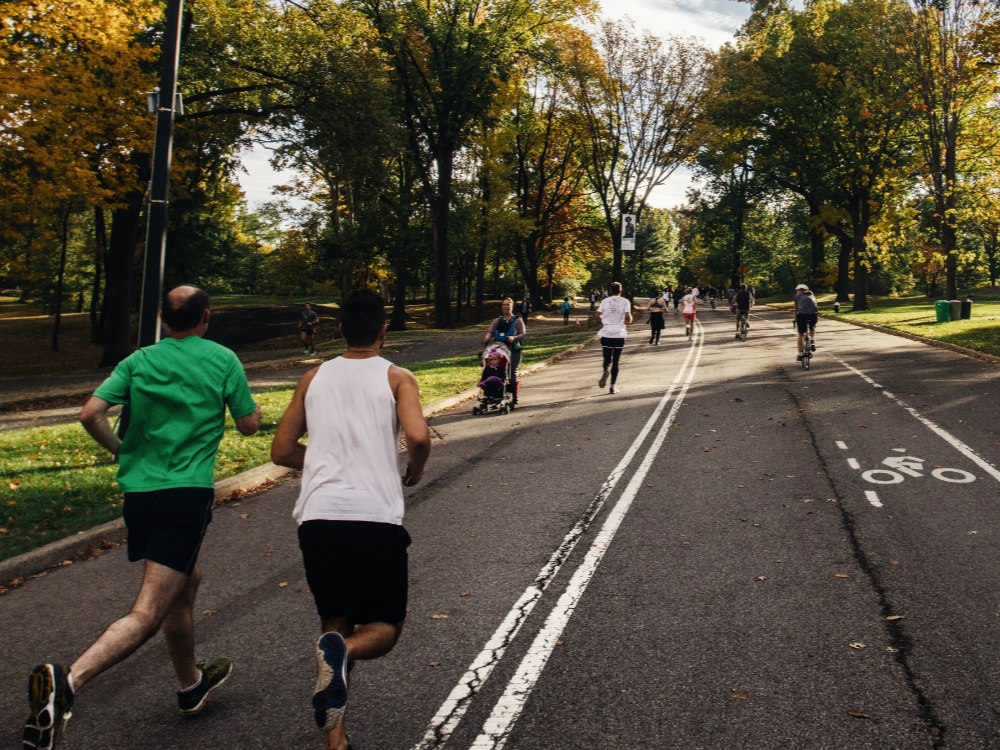
On this particular matter Gehl architects have done research on how a running city looks like and concluded that the urban activity of running is well behind the cycling culture. ‘This can be due to the fact that despite running popularity, expectations for running specific infrastructure and wider provisions in the urban realm have never been a legitimate focus. After all, runners are accustomed to use spaces designed for pedestrians or stick to dedicated ‘sports’ spaces such as parks, sports fields, running tracks and specialist facilities.’
‘We should begin to understand runners to design places to better meet their needs like more suitable paths and pavements, access to showers and better understanding how runners move. Running Mayors will give everyday runners and the wider running community a voice in how we shape our places’.
This run is for me. Promote running in cities
Even if the entry threshold of running is low, basically stepping out of our doorway, why do people struggle to think about running as active travel?
Research by academics like Dr Simon Cook and Dr Helen Weir and most recently Kate Winstanley suggests that current run-commuters overcome potential barriers if they want to do it. The main constraints are distance, work commitments, and facilities, whereas the most common pull-factors include health, running schedules, and saving time.
Behaviours are affected by the quality of the urban environment but to promote physical activity as a commuting mode, for instance, involves acknowledging people’s lifestyles and their desire to get quickly and easily from A to B. The pandemic has helped us understand how we could change some people’s habits towards physical activity by, for example, allowing people to work remotely. The most popular encouragements to emerge were improved facilities (especially showers), alongside government incentives and group running.
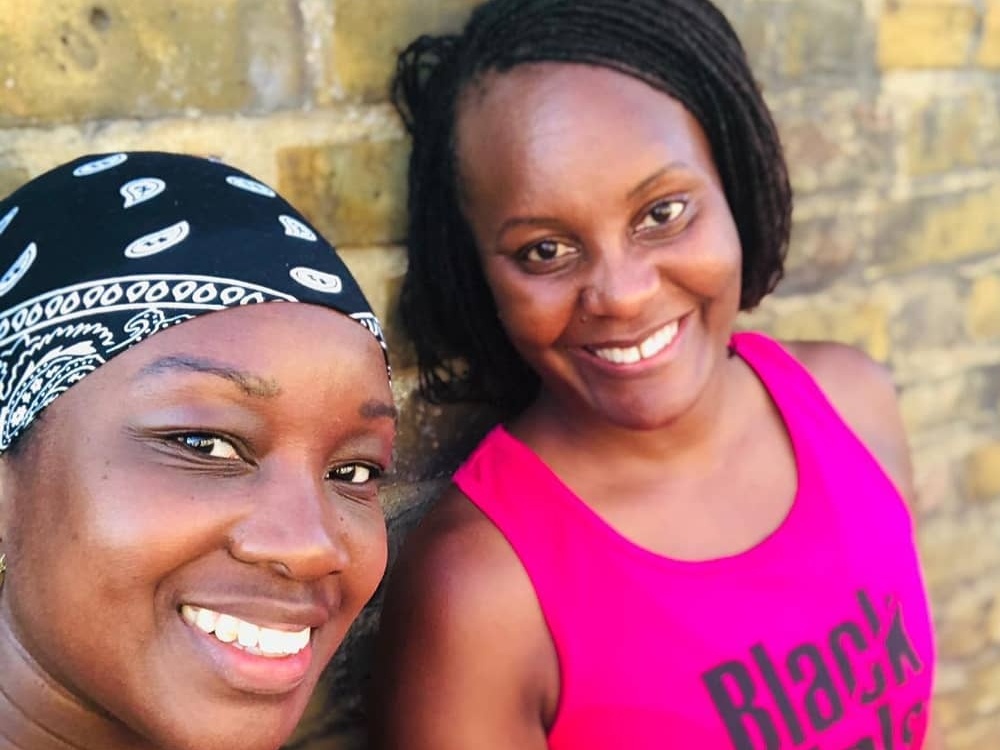
One of the would-be Running Mayors stepping forward to apply for the role include Black Girls Do Run UK running group co-founder, Tasha Thompson for the London Borough of Brent.
The Borough of Brent is culturally mixed with low activity levels. We need all kinds of runners in our neighbourhood “crossing the finish line”; slow runners, from any culture and more women. Specially I recommend women to be creative with time to run, says Thompson.
Thompson has been running already for twenty one years. She agrees that there are still so many barriers for a woman to run but her enthusiasm to encourage women to run in groups is giving its fruits. Almost two years ago she began promoting running among women of colour for their health and fitness while making the run culture more inclusive.
The thrill of crossing the finish line in everyday journeys
About eight years back she started running towards home which is eight miles away from work. She would wear her trainers, some of her kit and pack light and gradually increase the distance.
Thompson tries to project her running philosophy onto other women in her community. So do other would-be Running Mayors, who are passionately committed to broadening the reach of running. The lockdown has built momentum. Parks are busy like never before.
According to fitness app Strava, London is already the run-commute capital of the world ahead of Amsterdam, Paris and New York, and is growing by over 40% year-on-year.
Some people may discard running as a viable option for longer distance travel. However, doing short runs – even at a low pace – could be a much more attractive option to hearten some runners to incorporate it in their everyday journeys for their health, mental wellbeing and the environment.
In a work-from-home world, running to buy bread or pick up your kids from school sounds like a reasonable trip. And the treadmill at the gym will soon become history.
